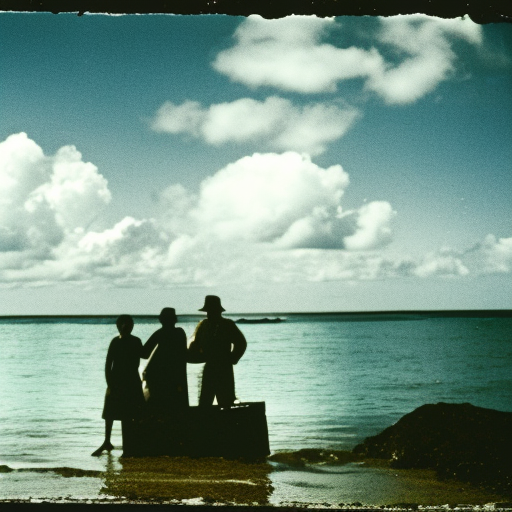Summary:
Oliver Cromwell’s expedition to the Caribbean was a military campaign led by the English Parliamentarian leader Oliver Cromwell in 1654. The expedition aimed to secure English control over the Caribbean islands, particularly the Spanish-held territories of Hispaniola and Jamaica. Cromwell’s forces successfully captured several key islands, but the campaign ultimately fell short of its objectives due to logistical challenges and the outbreak of disease.
Background:
During the mid-17th century, the Caribbean islands were a strategic prize for European powers due to their valuable resources and potential for trade. The English, seeking to challenge Spanish dominance in the region, launched several expeditions to capture and establish colonies in the Caribbean. Oliver Cromwell, as Lord Protector of England, was determined to expand English influence in the New World.
The Expedition:
In December 1654, Cromwell dispatched a fleet of 35 ships, carrying around 8,000 soldiers and sailors, to the Caribbean. The expedition was commanded by Admiral William Penn and General Robert Venables. The English forces set sail from Portsmouth and arrived in Barbados in January 1655. From there, they planned to attack the Spanish-held island of Hispaniola.
The Capture of Hispaniola:
The English fleet arrived off the coast of Hispaniola in April 1655 and launched an assault on the Spanish stronghold of Santo Domingo. Despite facing strong resistance, the English forces managed to capture the city after several weeks of intense fighting. However, their victory was short-lived as disease, particularly malaria, began to ravage the English troops.
Challenges and Setbacks:
The English soldiers, unaccustomed to the tropical climate and lacking proper provisions, suffered greatly from disease and malnutrition. The outbreak of malaria and dysentery decimated their ranks, leading to a significant loss of life. The harsh conditions also hampered their ability to maintain control over the captured territories and launch further offensives.
The Failed Assault on Jamaica:
Despite the setbacks, Cromwell’s forces decided to press on and launch an assault on the Spanish-held island of Jamaica. In May 1655, the English fleet arrived off the coast of Jamaica and began their attack. However, the Spanish defenders, aided by the difficult terrain and the outbreak of disease among the English troops, put up a fierce resistance. After several failed attempts to capture the island, the English forces were forced to withdraw.
Aftermath:
The expedition to the Caribbean proved to be a costly failure for Cromwell’s forces. The English suffered heavy casualties from disease and were unable to achieve their objective of establishing a permanent English presence in the region. However, the expedition did weaken Spanish control over the Caribbean and paved the way for future English colonization efforts.
Conclusion:
Oliver Cromwell’s expedition to the Caribbean in 1654 aimed to secure English control over the region. While the English forces managed to capture the Spanish stronghold of Santo Domingo in Hispaniola, they were ultimately unable to maintain control due to the outbreak of disease. The failed assault on Jamaica further highlighted the challenges faced by the English troops. Despite the setbacks, the expedition weakened Spanish dominance in the Caribbean and laid the groundwork for future English colonization efforts in the region.












